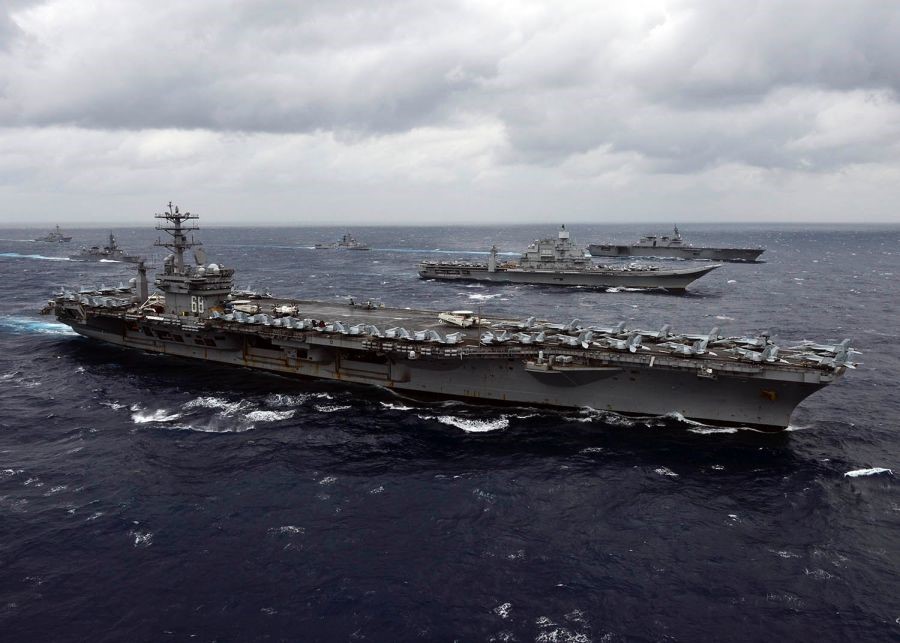Jeffrey Payne, NESA Center
An idea has been kicked around Washington, DC for a few years that the Indo-Pacific needs some type of cooperative maritime institution. Reflecting the need for an intensification of maritime collective action among partners in the larger Indo-Pacific, this cooperative institution would serve as a perpetual mechanism for joint training and greater interoperability. It has been imagined as an Indo-Pacific version of Combined Maritime Forces. What would such an institution look like and what would this mean for the larger NESA region?
As originally imagined by American authors, this institution would first and foremost be concentrated on the Western Pacific. This makes sense from an American perspective, as it is in the Western Pacific that some of the United States’ most substantive challenges exist and where greater connectedness among partners is most necessary. An Indo-Pacific maritime cooperation organization would certainly be related to the growing power of China, but that would not be the only use of such an institution. Greater maritime cooperation in the Pacific would mean greater resources available to smaller states to enhance their maritime operations and to address ongoing threats posed by a myriad of illicit networks (such as smugglers and narco-traffickers). It would also increase the frequency of day-to-day cooperation among the region’s navies that adhere to the current international maritime architecture.
Yet, such an organization is not merely theorized by American authors, nor is it imagined as serving only the Pacific Ocean. Australian authors have long argued that a maritime network is needed to address long-term challenges in the Indian Ocean, with specific reference to Humanitarian Assistance/Disaster Relief (HA/DR) operations and environmental stability. India, long hesitant to get overly involved in the Pacific and preferring to create its own multilateral security network, has enhanced its naval and coast guard outreach throughout the Indian Ocean Region, and has also intensified the frequency of multilateral maritime exercises.
Such an organization, regardless of its geographic focus, would serve to enforce existing rules and norms of the maritime domain. Maritime forces from a variety of states that commonly partner with one another would certainly enhance the dragnet that illicit networks would have to overcome. It would also increase the costs of any state that seeks to redefine norms or threaten existing institutions that govern the global commons.
What would such an institution mean for the larger NESA region? For the states of South Asia, it would potentially complicate some aspects of regional politics, but it would also be a larger platform for which to discuss key challenges in the maritime domain and would multiply the number of partners that could assist in addressing such challenges. Such an organization would certainly signal to the states of the Middle East and North Africa (MENA) that the geopolitical importance of the Indo-Pacific is here to stay, at least for the foreseeable future. Another reminder of the importance of South Asia and East Asia to the West could be unwelcome in some MENA regional capitols, but such an organization could also progress some states’ own interest in carving out stronger ties with countries to the east. In essence, much of the NESA region would come to recognize what other states have already recognized – such an organization could possibly enhance the security of a region that has become integral to global trade and security.

The views presented in this article are those of the speaker or author and do not necessarily represent the views of DoD or its components.